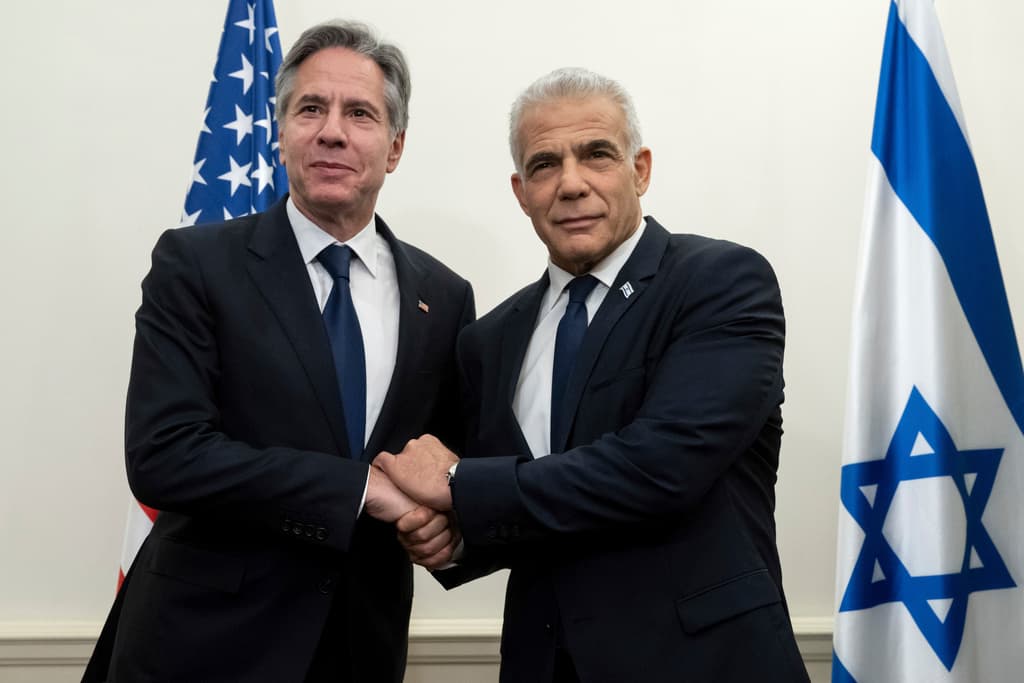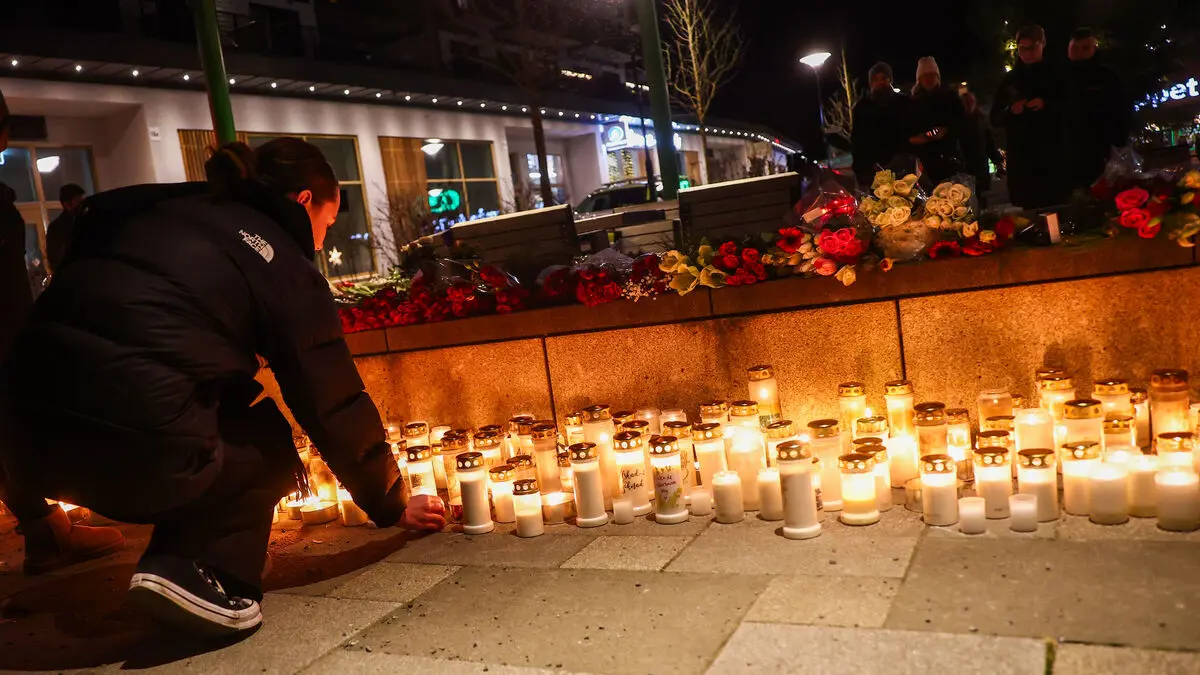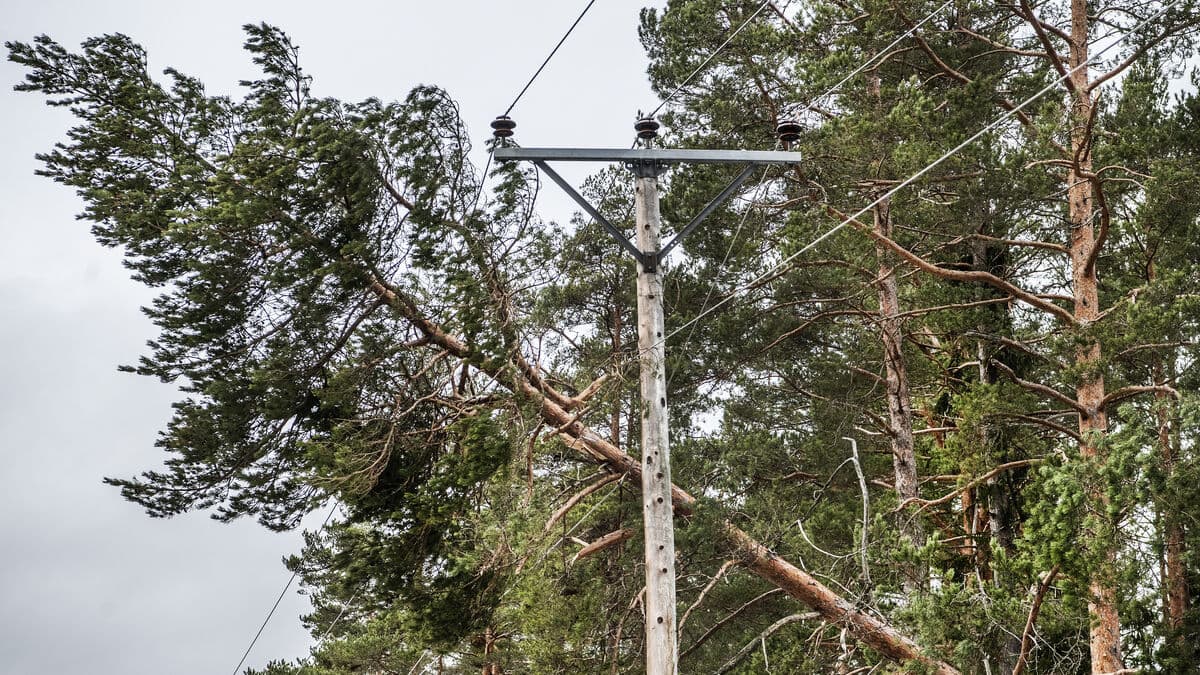USA says the ball is now in Hamas' court. The terrorist group refers to Israel instead. As is the case with Israel, which says the attacks will continue.
The turns are many and confusing around the latest proposal for a ceasefire in the Gaza War.
Palestinian Hamas sees the proposal "positively", Egyptian Foreign Minister Sameh Shoukry reports.
About an hour earlier, his American colleague Antony Blinken had denied that it was Hamas that had to take a stance on Israel's proposal. He had discussed the situation by phone with Benny Gantz and Yoav Gallant, the two ministers who, along with Prime Minister Benjamin Netanyahu, make up Israel's war cabinet, the country's highest authority for making decisions on the conflict.
In the conversations, he praised Israel for being prepared to complete a settlement, and emphasized that it is now up to the terrorist group Hamas to simply say yes, according to press releases.
The plan was presented by US President Joe Biden on Friday, but was then described as having been prepared by Israel. Over the weekend, the question marks were raised when Israeli Prime Minister Benjamin Netanyahu, like many times before, said that the country will continue to attack to achieve its war goals, regardless of what happens at the negotiating table.
And when Yoav Gallant's assistant released his version of the conversation with Blinken, the signal was the same as from Netanyahu: Gallant told Blinken that Israel will not stop fighting until all Hamas hostages have returned home, and the extremist movement's rule in the Gaza Strip is over, Israeli media reports.
The same Israeli newspapers are also asking whether Biden's statement was actually coordinated with Netanyahu, or whether it was simply a way to increase the pressure on Israel to soften its stance in the negotiations.
It has been clear for a long time that Israel is divided. Two right-wing parties that Netanyahu relies on say they will break away from the government if he makes a deal with arch-enemy Hamas, regardless of what such an agreement looks like. On the other hand, opposition leader Yair Lapid says that the situation is now so acute for the hostages that he is willing to form a unity government.
The proposal for a ceasefire that has been reported to be on the negotiating table consists of three phases.
The first phase lasts for six weeks and involves a complete ceasefire, Israeli forces withdrawing from "all populated areas in the Gaza Strip", and a number of hostages being exchanged for hundreds of Palestinian prisoners.
The second phase is dependent on the parties reaching agreement on "necessary arrangements". But if that happens, it would mean a permanent end to the hostilities, all remaining living hostages being released, and all Israeli forces leaving the Gaza Strip.
In the third phase, even the remains of hostages who are no longer alive will be returned and a comprehensive reconstruction plan will be implemented.





